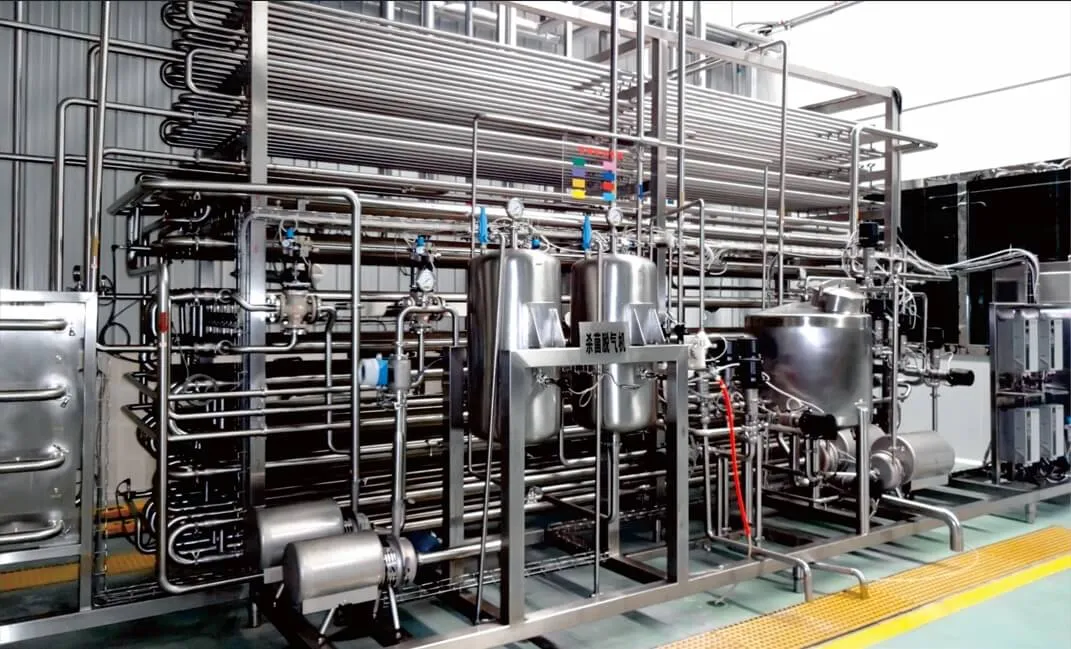Pineapple juice is a popular tropical beverage known for its refreshing flavor and rich nutritional value. With the global demand for natural fruit juices on the rise, food and beverage manufacturers are increasingly investing in automated pineapple juice processing lines to meet production efficiency, hygiene standards, and product consistency.
This article introduces a comprehensive, one-stop solution for pineapple juice processing—from raw fruit preparation to final packaging—ideal for juice factories, beverage companies, and fruit processing plants.
Step 1: Raw Pineapple Reception & Washing
The process begins with the arrival of fresh pineapples at the facility. To ensure food safety and maintain juice quality, the pineapples are passed through:
- Fruit inspection conveyors to remove damaged or spoiled fruit
- Bubble washing machines to eliminate surface dirt, pesticides, and foreign matter
- Brush-type cleaners for thorough scrubbing of the pineapple skin
A clean start is essential for a safe and high-quality juice end product.
Step 2: Peeling and Coring
Pineapples have thick, spiky skins and hard cores that must be removed before juicing. Our line features automatic pineapple peeling and coring machines, which offer:
- Precise removal of skin and eyes
- Core extraction without excessive fruit waste
- High-speed operation for industrial volumes
Automating this step minimizes labor costs and ensures consistent results across batches.
Step 3: Crushing and Pulping
After peeling and coring, the pineapple flesh is conveyed to the fruit crusher, which breaks it down into smaller pieces. This crushed fruit then enters the pulping machine, where:
- Fibers are separated from juice
- The consistency is adjusted for optimal extraction
- A smooth puree is created, suitable for both juice and blended beverages
At this stage, enzymes and flavor compounds are preserved to retain the natural pineapple taste.
Step 4: Juice Extraction and Filtration
The pineapple pulp is further processed in belt-type juice extractors or hydraulic presses, depending on the desired yield and application. Advanced filtration systems remove:
- Insoluble solids
- Fine fibers
- Sediments
This step ensures clarity and uniformity in the juice, ready for pasteurization.
Step 5: Pasteurization
To extend shelf life and eliminate microbial risks, the juice undergoes high-temperature short-time (HTST) pasteurization, which:
- Kills pathogens and spoilage organisms
- Retains nutritional value and fresh flavor
- Meets international food safety standards
The pasteurized juice is immediately cooled and stored in aseptic conditions.
Step 6: Filling and Packaging
Depending on the market need, the juice can be packaged into:
- Glass bottles
- PET bottles
- Aseptic bags
- Tetra Pak cartons
- Cans or pouches
Automated filling and capping machines ensure hygienic sealing, while labeling and date coding systems prepare the product for retail or export.
Why Choose a One-Stop Pineapple Juice Processing Line?
Investing in an integrated pineapple juice processing solution brings several advantages:
- Turnkey installation: From washing to packaging, all processes are covered
- Modular design: Easy to scale up or adapt to different juice formulations
- Reduced labor dependency: High automation lowers workforce requirements
- Consistent quality: Precise control over time, temperature, and yield
- Compliance ready: Meets HACCP, CE, and FDA standards
Applications and Customization
Whether you’re producing NFC (not from concentrate) pineapple juice, blended tropical juice, or pineapple-based beverage ingredients, the system can be customized to suit:
- Product viscosity
- Brix and acidity levels
- Additives or functional ingredients
- Local packaging preferences
You can even integrate online quality testing, CIP systems, and smart control panels for full digital production monitoring.
